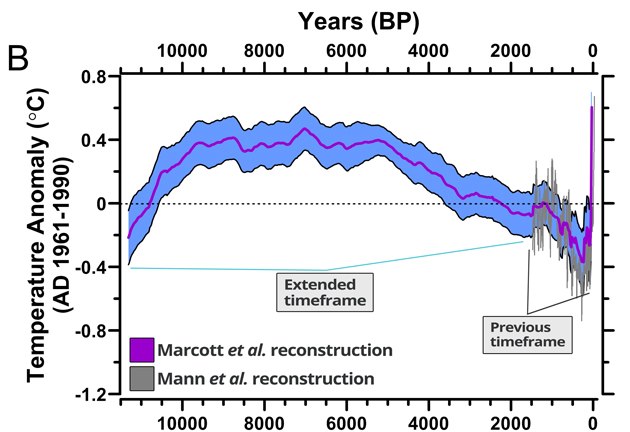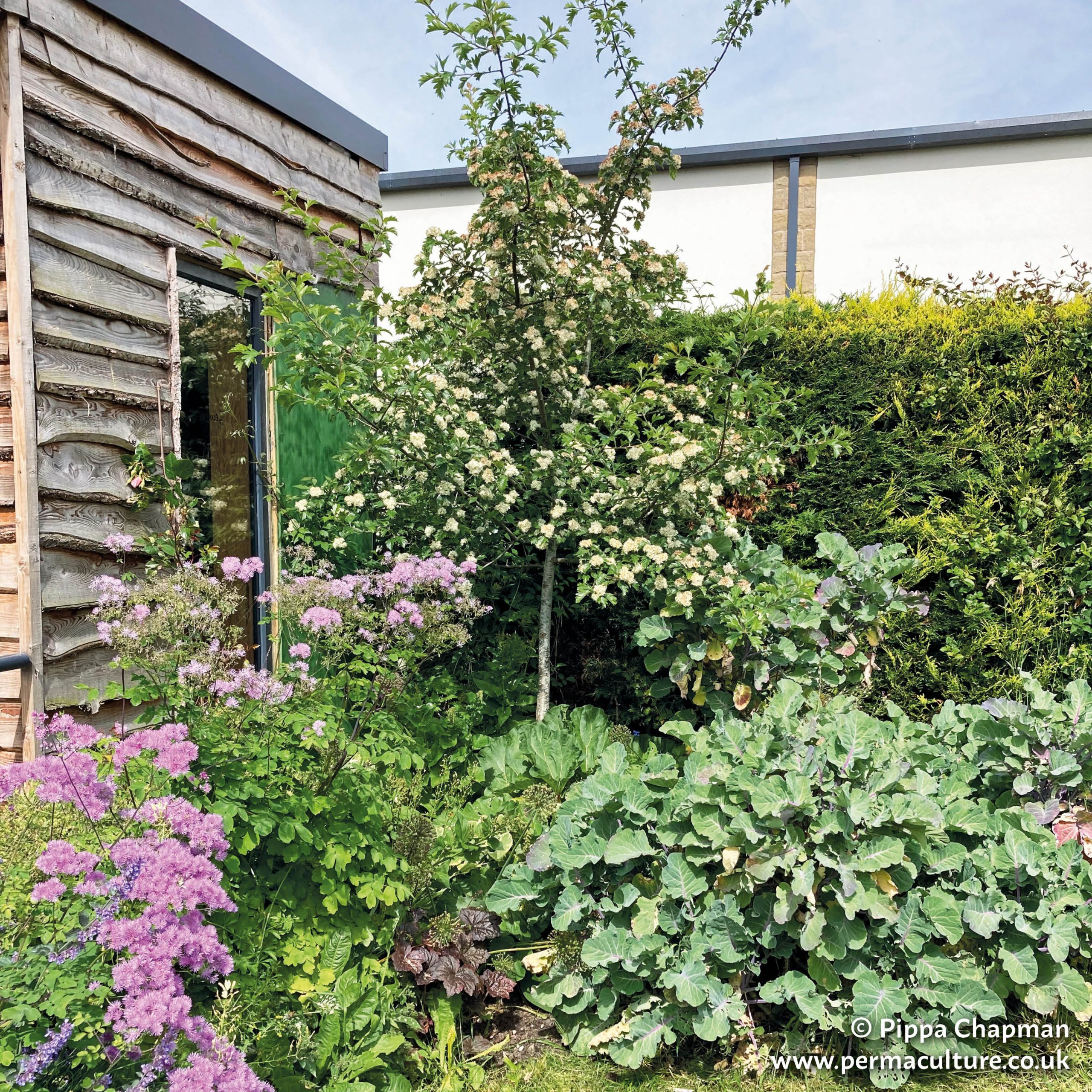Last night (7th March 2013), I heard Nicholas Stern speak about climate change. Lord Stern was the Chief Economist and Senior Vice-President of the World Bank from 2000 to 2003. He was recruited by Gordon Brown, then Chancellor of the Exchequer, to work for the British government where, in 2003, he became second permanent secretary at H.M. Treasury. In 2005, he was appointed to conduct reviews on the economics of climate change and also of development, which led to the publication of the Stern Review. In 2008, he was also appointed Chair of the Grantham Research Institute on Climate Change and the Environment, a major new research centre also at LSE. He is also Chair of the Centre for Climate Change Economics and Policy at Leeds University and LSE.
At Davos he recently admitted that he had been wrong about climate change. The Stern Review, published in 2006, pointed to a 75% chance that global temperatures would rise by between 2 and 3ºC above the long-term average. Had he known the way the situation would evolve, he told the Guardian, “I think I would have been a bit more blunt. I would have been much more strong about the risks of a 4 or 5ºC rise.”
I experienced some apprehension before attending this audience in my local town. A 4 or 5ºC rise is nothing short of catastrophic for humans. I do not need to feel more depressed about climate change. I have been staring it in the face for years. Would Lord Stern have any answers?
His talk summarized the risks: How big the problem is; what we are doing as a world; what we have to do; the obstacles to tackling climate change; why we aren’t doing enough; and finally, what we – you and me – can all do. Before you read my summary please bear with the beginning. The realities are frightening but it was an uplifting evening and there was a sense of hope. It was also a huge relief to hear a public figure of Stern’s academic and intellectual calibre state the facts and offer a path forward.
“Currently carbon dioxide and other greenhouse gases are at 440-450 parts per million (ppm). We are adding 2.5 ppm per year which will increase to 3 ppm per year. By the end of the 21st century carbon dioxide and other greenhouse gases will be at 750 ppm. There is a 100% certainty that this will cause a 3ºC temperature rise and a 50/50 chance that they will rise by 5ºC. We have never experienced anything like this. We have only been around for 250,000 years and the last time the planet was at 3º was 3 million years ago, and at 5ºC was 30 million years ago. It was a radically different world.
“During the last Ice Age we were 5ºC cooler and nobody was able to live north of the latitude of London. Temperature changes move people around the planet massively. A rise of 4-5ºC will cause mass migrations of 100s of millions of people leading to severe conflicts. Very large changes will take place. Southern Europe will become a desert. Northern Nigeria, with a temperature rise of 0.8ºC is already under pressure, for example. If we have a 3, 4 or 5ºC rise during the 21st century we risk creating a world of great conflict. We can’t tell what that risk will look like but it will be on a colossal scale. We are playing Russian roulette with the planet.”

It is anti-science and irrational to deny this. There is a link between climate change deniers and people who attacked the evidence of a link between tobacco and ill health. The evidence is there – look at the websites of the Chinese or US Academy of Science, the Royal Society, the Hadlow Centre or the Met Office. The oscillation of the molecules in atmospheric greenhouse gases, such as CO2, trap the sun’s rays which hit the earth as UV and are refracted back as infrared leading to increasing temperatures. Going beyond a 2ºC rise is dangerous climate change. It will cause a tipping point where the permafrost will melt, washing carbon from the soil. Forests will die off at 3ºC encouraging ‘feedback loops’ to come into play, accelerating the warming trend. We have to reach zero emissions within 40 years to stabilize temperature rises and I believe this could be achievable.
“If we allowed the world’s forests to regenerate, instead of cutting them down to grow crops like soya, this could give real value to the scenario. Geo-engineering solutions – such as firing muck up into the atmosphere to keep some of the sun’s energy out – doesn’t remove carbon dioxide, is extremely dangerous and probably would require redoing annually. Regeneration of the forests could, however, play a big part in mitigation.
“We also need an energy industrial revolution and to increase energy efficiency by 50%. We need renewables, nuclear power, carbon capture and storage. If we really wanted, energy efficiency and renewables could do it, but because of the pressing timescale we are likely to need nuclear and carbon capture and storage. These are exciting times. The energy industrial revolution will be cleaner, safer, quieter, more energy secure and more biodiverse and they will cost just 1-2% GDP. We really can do this. It is up to us.
“Clean growth will also allow us to tackle world poverty. If we fail to manage climate change we will create an environment that is so destructive that we will not be able to tackle world poverty. We will fail on both counts. The primary driver for me is world poverty.
“We need to hold the global temperature threshold at 2ºC – and it should peak at this in 5-6 years – but there is no sign of this. There is no indication from Kyoto, COP 18, or Doha (UN climate change meetings) that this will happen. China’s 12th 5-Year Plan, however, is radical – there are things happening, but we have to accelerate change to keep to 2ºC. The current trajectory is 4ºC. Emission in the USA are falling due to substituting gas for coal to generate electricity, better standards in car emissions, and a falling economy, but it is nowhere near enough. 10 years ago two thirds of the world’s emissions were generated in the Developed World. In 10 years time two thirds will be from the Developing World.”
“The biggest is that people (like George Osborne) see this as an artificial horse race between growth on one hand and climate responsibility on the other. We have low interest rates and mass unemployment. We should be investing in new technologies and energy efficiency. We have a government induced policy risk. The most important thing to push for here is clarity on policy. Currently the government’s position is ambiguous and industry with the assets to invest will not do so. The biggest problem is political will. Surely if you have depressed economies investment is the way forward?
“As a society we haven’t risen to the challenge. The challenge is to martial arguments and create political will. We need clear arguments and clear examples of what can be done. Those examples will drive political debate. We need research. Is green quantitive easing a good idea? Yes, the Green Investment Bank is useful.
“We need to coordinate policy and zone industries like, for instance, aluminum smelting that requires enormous amounts of electricity. Placing this industry somewhere like Iceland which has almost unlimited geothermal energy makes sense. In the future it is highly probable that low carbon, clean energy countries will impose border tariffs on goods from countries that are high carbon dioxide producers.
“Regarding global population control, we are now at 7 billion people. By 2050 there will be 9 billion on the planet. Where countries have experienced a decline in births the reasons are clear: the education of girls and women, the entry of women into the labour force, a decrease in infant mortality and reproductive health care.
“There are other solutions. In agriculture, for instance, different methods of grazing can lock up carbon in the soil. We need to have a deeper understanding of ways in which emissions can be reduced. How much beef is produced by feeding cattle soya? Chicken is more energy efficient. Eating less meat, specifically beef, is better. Can a world of 9 billion people all eat beef?! We need to look at our diets, our habits, what different foods cost and then educate people. We need to preserve our forests. The scope for cutting emissions by doing these things is strong.
“After World War Two we created the International Monetary Fund, the World Bank, the European Community (a reaction to 100s of years of war in Europe) and the UN with the Declaration of Human Rights. These are examples of collaboration. People need to understand the risks of climate change. We need to set out a carefully constructed story of anticipation and set out arguments for the scale of the risks. We have to describe the alternative route – it is more attractive, cleaner, quieter, safer, more energy secure and more biodiverse… Past history has a story of technological innovation. There is the power of example. We can have technical progress and reduce costs. Look at how the cost of solar photovoltaics has been reduced by a factor of 5 in the last few years. This alternative route is also a more attractive story for communities. There are examples of this alternative route and we need to tell people about them with clarity and with the facts backed up by scientific research.”
Though I might question his faith in technological fixes, I can’t argue with his strategy to present climate change facts with clarity backed up with research from the academic institutes, such as those mentioned above, to engage political will, explore solutions in policy, energy efficiency, agriculture, agroforestry, reforestation and protection of the world’s forests, education (of women particularly) and reducing meat (especially beef) consumption globally. He also stressed the value of telling stories of low carbon solutions, large and small.
In a quiet yet very clear way he set out a pathway forward. Afterwards he asked me about the readership of Permaculture magazine, how long we have been going (1992), how many books we have published and our reach in the world (77 countries so far), visitors to permaculture.co.uk (120,000,000 per year from 155 countries). “All this and without help?” was his comment.
Can you imagine what we could do with more recognition and support? The story is that we have 5 to 6 years left for action. We can’t give up yet – any of us.
We are grateful to Terena Plowright from the Greening Campaign for organising this event.
Maddy Harland is the co-founder and editor of Permaculture magazine and author of Fertile Edges – Regenerating the land, culture and hope.




